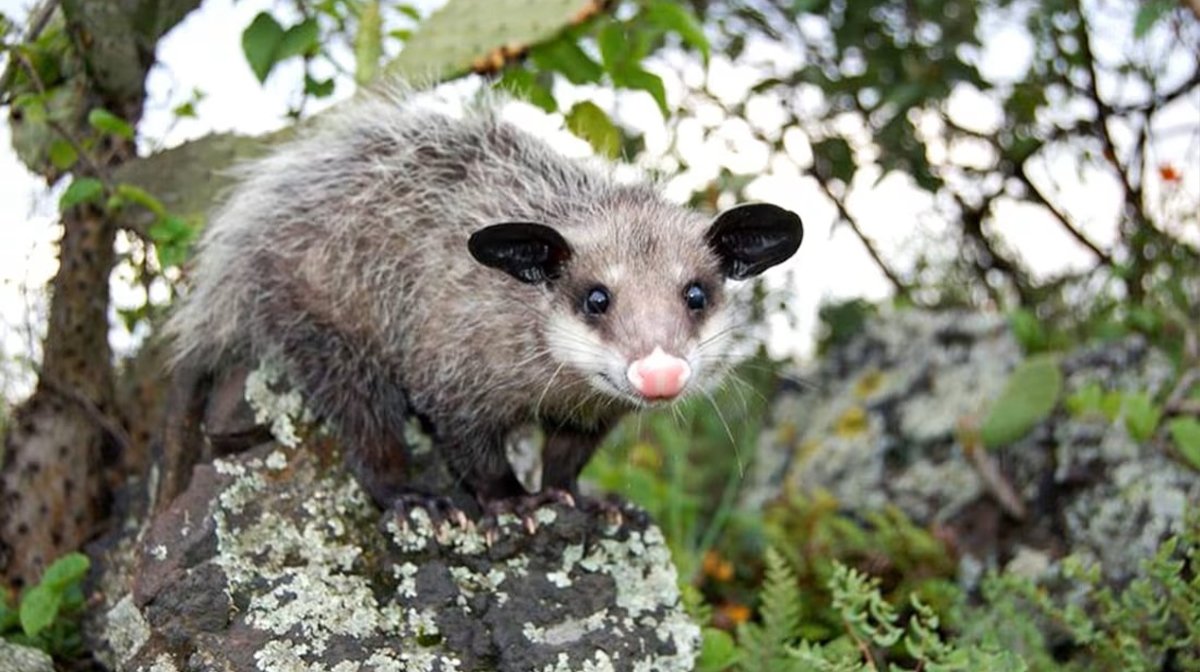Introduction to Tñacuache
In Latin American culture, the tacuache (or opossum) has long been a creature of both folklore and ecological importance. Known scientifically as Didelphis virginiana, this nocturnal marsupial thrives across a wide range of environments, from dense forests to urban areas. Often misunderstood due to its appearance and habits, the tacuache plays a crucial role in maintaining ecological balance while also holding cultural significance in various communities.
The Biology and Behavior of Tacuaches
Tacuaches belong to the order Didelphimorphia and are the only marsupials native to North America. Characterized by their elongated snouts, sharp teeth, and prehensile tails, these animals have evolved to adapt to a variety of habitats. Their fur, usually grayish-white, offers camouflage in the wild, while their strong immune systems enable them to survive in environments that would be hostile to other species.
Diet and Feeding Habits: Tñacuache
Tacuaches are omnivores with a diverse diet that includes fruits, small mammals, insects, and carrion. Their ability to consume a wide range of foods helps control pest populations, particularly rodents and insects. In urban areas, tacuaches often scavenge through garbage, which sometimes leads to conflicts with humans. Despite this, their scavenging plays a critical role in cleaning up waste, reducing the spread of disease.
Reproductive Behavior:
Female tacuaches give birth to tiny, underdeveloped young that continue to develop in the mother’s pouch, similar to kangaroos. A female may carry as many as 13 young at a time, though not all will survive. This high reproductive rate helps maintain tacuache populations, ensuring that they remain a stable part of the ecosystem.
Defensive Mechanisms:
When threatened, tacuaches may display an intimidating hiss, bare their teeth, or play dead—a behavior known as thanatosis. This act of “playing possum” can deter predators, making the tacuache seem unappetizing or unthreatening. The animal’s ability to withstand snake venom also protects it from many would-be attackers.
Cultural Significance of the Tacuache
The tacuache has woven itself into the folklore and daily lives of many Latin American communities. In Mexican culture, for instance, the creature often appears in stories and myths. The opossum’s cleverness and resourcefulness make it a symbol of survival and adaptability. In some regions, people view tacuaches as tricksters or cunning survivors, much like the coyote in Native American mythology.
In addition to its symbolic role, the tacuache also finds itself in traditional medicine. Some rural communities believe that certain parts of the tacuache have medicinal properties, though these practices are less common today.
Ecological Importance of Tacuaches
Ecologically, tacuaches play a vital role in their environments. As omnivores, they help regulate the populations of various species, including insects and small mammals. By consuming carrion, they also contribute to the decomposition process, recycling nutrients back into the ecosystem.
In addition, tacuaches act as seed dispersers. After consuming fruits, they excrete the seeds in different locations, aiding in plant propagation. This behavior supports plant diversity and forest regeneration, particularly in areas where other seed dispersers might be scarce.
Tacuaches in Urban Environments
With the expansion of cities, tacuaches have increasingly moved into urban areas. These adaptable creatures often find shelter in attics, garages, and sheds. While some city dwellers view them as pests, others recognize their role in controlling vermin and cleaning up organic waste.
However, the presence of tacuaches in urban settings can lead to conflicts, especially when they raid trash cans or nests in residential areas. To mitigate these issues, wildlife experts recommend securing garbage bins and sealing entry points to homes. Educating the public about the benefits of tacuaches can also reduce fear and promote coexistence.
Conservation Status and Challenges
Currently, tacuaches are not considered endangered, and their populations remain stable across most of their range. However, they face several challenges, including habitat destruction, road mortality, and human persecution. As urban areas expand, tacuaches often find themselves at greater risk of being hit by vehicles or caught in traps set by people who view them as pests.
Conservation efforts focus on educating the public about the ecological benefits of tacuaches and promoting humane methods of managing their populations in urban areas. Protecting natural habitats and creating wildlife corridors can also help ensure that tacuaches continue to thrive.
Conclusion: Tñacuache
The tacuache, often misunderstood and underappreciated, plays an essential role in both the environment and cultural heritage of Latin America. Its adaptability, ecological contributions, and cultural significance make it a fascinating and vital part of the natural world. By fostering a better understanding of these resilient creatures, we can learn to appreciate the unique ways in which they contribute to the balance of our ecosystems.











